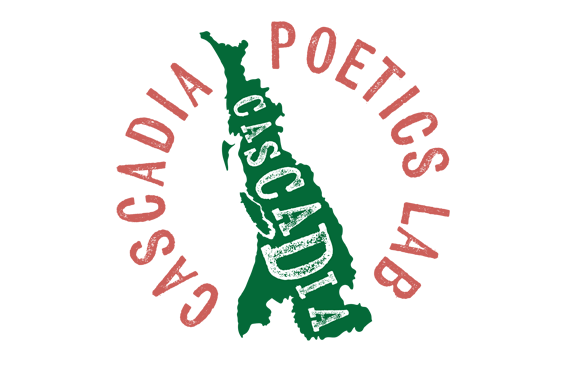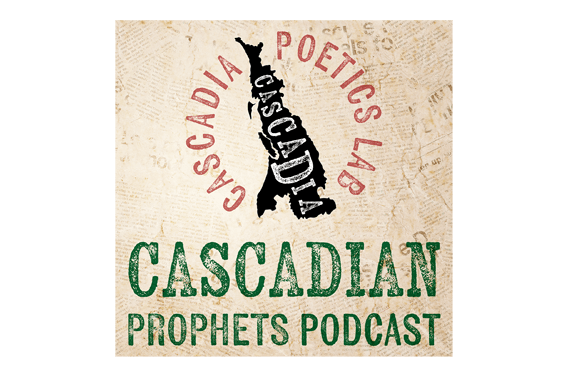The CANTOS of Ezra Pound
Structure & Theme in the CANTOS of Ezra Pound I-XXX
N.B. This list is not meant to indicate that a particular Canto is “about” the theme. I have tried to highlight the significant focus of a Canto, or note new material when introduced by a Canto. Most Cantos are composed according to “the ideogram method.” This means they layer various time periods, actors, events, myths, and voices, with the intention that the “why” will eventually become clear by letting image, sound, and sense interplay with your psyche.
Ezra Pound: “It is dawn in Jerusalem and midnight at the Pillars of Hercules. All times are contemporaneous in the mind.”
Canto Theme
A draft of XXX Cantos
I Odysseus & the shamanic journey to the dead: “Nekyia” chapter of Homer’s Odyssey
II Metamorphosis & the cult of Dionysus (Lyaeus). Ovid.
III El Cid (old Spanish epic: a glimpse of the heroes)
IV Disasters of Eros & the Ideogram (Ovid, Troubadors, Noh plays)
V-VI Poetry & Tradition Sappho, Arnaut Daniel, Troubadors; Eleanor of Aquitaine, herself a patron & singer, 12th c. (Helen)
VII London The present, in the manner of TS Eliot
VIII-XI Sigismundo Malatesta & the Tempio
(Heroic Personality & architecture for the CANTOS)
XII Economics Baldy Bacon, Dos Santos, & Tale of the Sailor
(Productive investment vs. nonproductive Usury)
XIII Kung (Kung-fu-tzeu, or Confucius)
XIV-XV Hell
XVI Hell’s Mouth Purgatory of Earthly Wars
End of A draft of XVI Cantos, first publication of Cantos in book form.
XVII Eleusis: The Mysteries & Light of the Intellect
XVIII-XIX Purgatory of Money Currency, armaments, banks
20 Mysteries of Light Odysseus, the troubador Arnaut Daniel
21 Thomas Jefferson A heroic founder (rhyme with Malatesta)
22 Economics an Ideogram, & glimpse of the paradiso terrestre
23 Eleusis Visions of Light & Intellect
24-26 Italian Custom, Law, Architecture Stories of Pound’s early travels
27-28 Xarites & black darkness
29 Pearl, great sphere, and hollow
Mysteries of intellectual light
30 Compleynt agaynst Pity
Song contrasting the radiance of the Medieval World vs. the sloppiness of the modern





